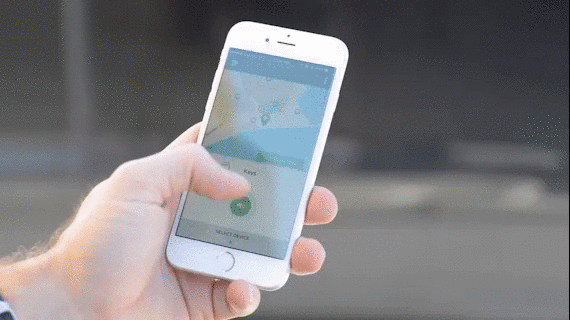- Joined
- Jul 15, 2008
- Messages
- 22,125
- Points
- 113
A Portable, Wearable Breast Pump

Willow; Photo Illustration by Allison Schaller Willow Pump
Breastfeeding is easier said than done, especially for moms on the go. Most electric breast pumps use air-horn-shaped collection bottles, which are tethered to loud, whirring machines. Mountain View, Calif.–based Willow is working to change that. Its battery-powered alternative is quiet and small enough so that women can slip it into their bra and pump wherever they want. (Each is lined with a freezer-safe bag.)
“Instead of scheduling life around the pump, you can play with an older child or take a conference call,”says Naomi Kelman, the company’s president and CEO. That convenience comes at a cost: $480 plus 50¢ per 4-oz. bag, which is considerably pricier than traditional models. Kelman says the company is making design tweaks based on feedback from moms who are testing a beta version now. If Willow delivers on its promises when it launches next year, it could revolutionize an industry in desperate need of disruption. —Emily Barone

Willow; Photo Illustration by Allison Schaller Willow Pump
Breastfeeding is easier said than done, especially for moms on the go. Most electric breast pumps use air-horn-shaped collection bottles, which are tethered to loud, whirring machines. Mountain View, Calif.–based Willow is working to change that. Its battery-powered alternative is quiet and small enough so that women can slip it into their bra and pump wherever they want. (Each is lined with a freezer-safe bag.)
“Instead of scheduling life around the pump, you can play with an older child or take a conference call,”says Naomi Kelman, the company’s president and CEO. That convenience comes at a cost: $480 plus 50¢ per 4-oz. bag, which is considerably pricier than traditional models. Kelman says the company is making design tweaks based on feedback from moms who are testing a beta version now. If Willow delivers on its promises when it launches next year, it could revolutionize an industry in desperate need of disruption. —Emily Barone


















 :p Thanks for dropping by.
:p Thanks for dropping by.